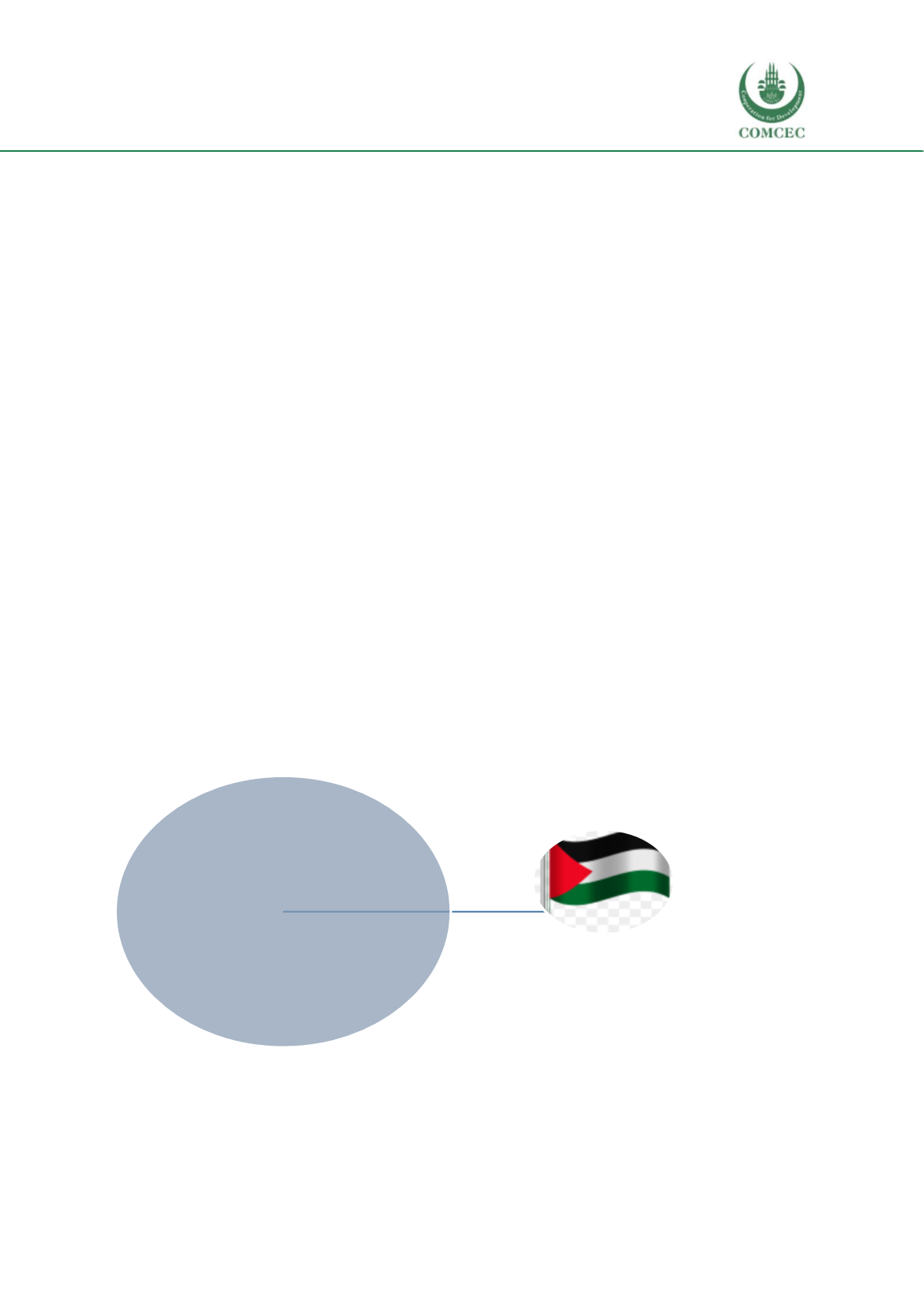

Skills Development: Vocational Education
in the Islamic Countries
157
CHAPTER 8: RECOMMENDATION AND CONCLUSION
8.1. Recommendations
After thorough analysis of the three case studies
(based on the findings and other observations)
a number of recommendations are made. The recommendations are divided into five broad
categories namely A to E. Each Category starts with providing general recommendations and
ends with country specific recommendations.
Note:
General recommendations are those guidelines which are applicable and common for
the OIC countries, specifically sharing similar contexts with Bangladesh, Uganda and
Palestine.
Specific recommendations are those guidelines which are only applicable to a specific
country
A. Recommendations for reducing the gap between TVET sectors and
Industries
General Recommendations
In order to reduce the gap between TVETsectors and industries the following recommendations
are derived from this study:
Policy:
The government should formulate policies on reducing the existing gap between
institutes and industries and policies to ensure that TVET teacherswork for a certain period (at
least six months) in industry to gain practical experience. Additionally, effect ive monitoring
systems are required toexecute formulated polices. In alignment to that youth’s opinion should
be taken intoconsideration
sufficiently
while formulating policies for the development of TVET.
Figure 8.1 Reducing the gap between industry and TVET institutions
General recommendation
•
Government Policy
•
Updating curriculum
•
Installing modern equipment
from industry
•
Expert exchange from Industry
•
Industrial Visit
•
Coordination and collaboration
Palestine
Needs expert
from
developed
countries
















